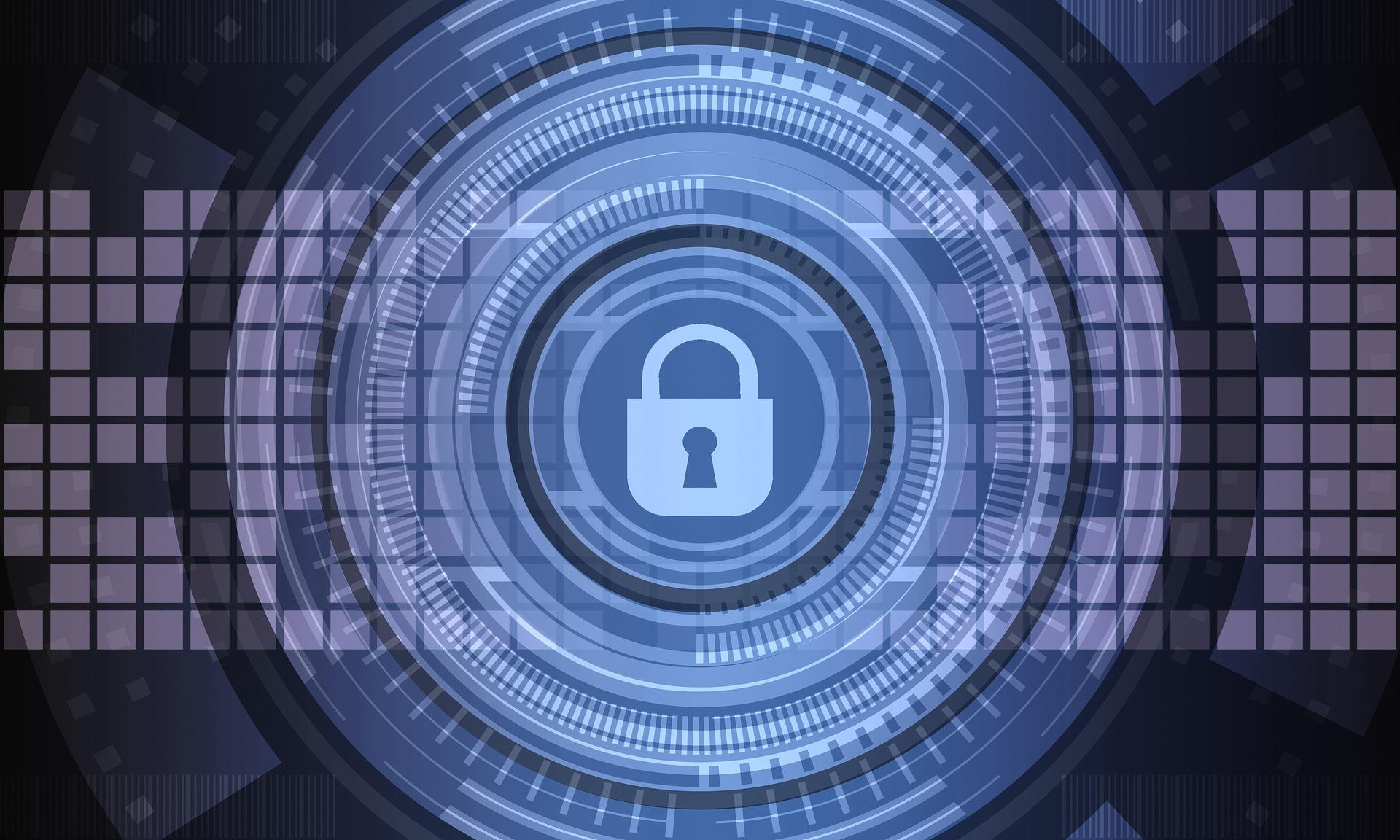
 Did you know that there’s more than one type of firewall? Most people have a basic understanding of what a firewall is — it’s the software your PC or Mac has that keeps the baddies at bay. Google sums it up a bit more accurately: it’s the part of a computer system or network designed to block unauthorized access while permitting outward communication.”
Did you know that there’s more than one type of firewall? Most people have a basic understanding of what a firewall is — it’s the software your PC or Mac has that keeps the baddies at bay. Google sums it up a bit more accurately: it’s the part of a computer system or network designed to block unauthorized access while permitting outward communication.”
With cyber attacks against companies increasing in both number and sophistication — we’ve all heard of the hospitals and police departments who’ve fallen victim to ransomware — a properly maintained and managed firewall is critical. Think of it like the gatekeeper, keeping bad actors from penetrating your network, malicious software from being deployed, and your data being scooped up in a breach. It is the first line of defense against threats to your security; the things that go bump in the night.
Your business is your livelihood. So why wouldn’t you take every preventative step necessary to keep it safe? The problem is, those steps aren’t always clear. The laymen understanding of a firewall is likely limited to what one might find shipped with a home PC; these days, built-in software comes standard. But that software only protects that one device from external threats. With this type of firewall, each computer in your office would need to be separately configured, monitored, and maintained — a time-consuming and expensive “solution”. (And frankly, an inadequate one.)
More appropriate for a business is a hardware firewall, at bare minimum, which secures a private network as a whole, and thus each of the individual devices on it. Unlike a software firewall, a hardware firewall functions independently of the devices it protects, which makes it far less resource intensive to maintain.
Most firewalls essentially function in the same way: as incredibly efficient and robust filters. Simply put, as packets of data flow from the internet through the firewall, the bits of information are analyzed according to a set of permissions, including their location and source, to determine whether it should be allowed through or dropped (blocked).
While a small business might be able to get away with a combination of software and hardware firewalls, the preferred method in today’s wild west of cyber threats is something else entirely: a managed firewall. Think of it like this…if the software/hardware combo is the fence around your garden, a managed firewall is the Great Wall of China.
A managed firewall puts an even greater distance between your network to insulate you from outside threats, because its multiple layers of security are maintained offsite where they cannot be tampered with. Real-time 24/7 monitoring means you’ll always have a watchful set of eyes on your systems, even when you’re at home and in bed, with a team of security experts ready to spring into action at even if whiff of trouble. Sometimes, malware can make it into onto your network from an internal source — perhaps a malicious bit of code was accidentally ferried in on an employee flash drive. Managed firewalls and preventative service providers like JNT TEK also allow you to look inwards for high risk activities.
You didn’t go into business to fight tooth and nail to keep your data from getting into the hands of hackers. You had other plans for your company. By taking cybersecurity efforts offsite with a managed firewall, you don’t have to deal with the overhead of in-house configuration and monitoring. Our services are flexible and scalable, providing consistent, top of the line security measures; an infrastructure that grows with you and your evolving needs.
A managed firewall allows you to minimize cybersecurity threats and monitor your network for breaches, and can be more cost effective than many alternatives. But most importantly, it lets you get back to the work you set out to do, and have peace of mind when you’re done for the day and leave your office. Your network and data are safe.
Contact JNT Tek for a review of your security infrastructure and advice on which type of firewall is best for your company.




CONNECT WITH US!